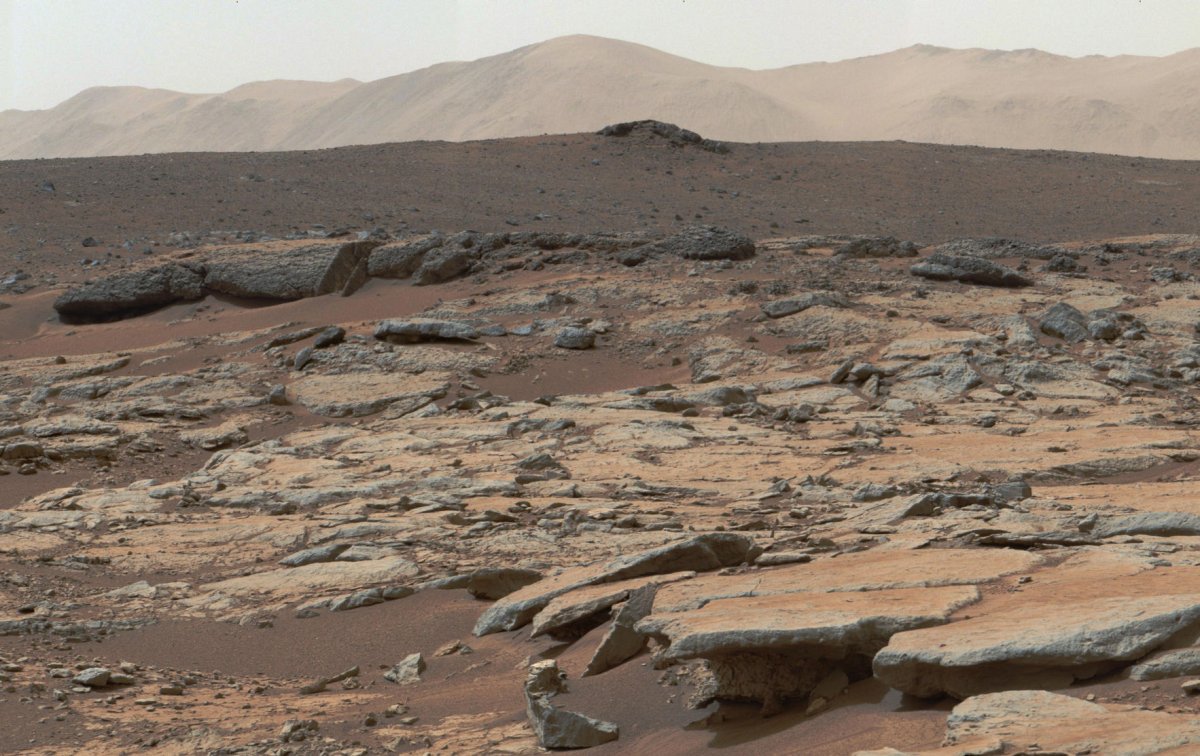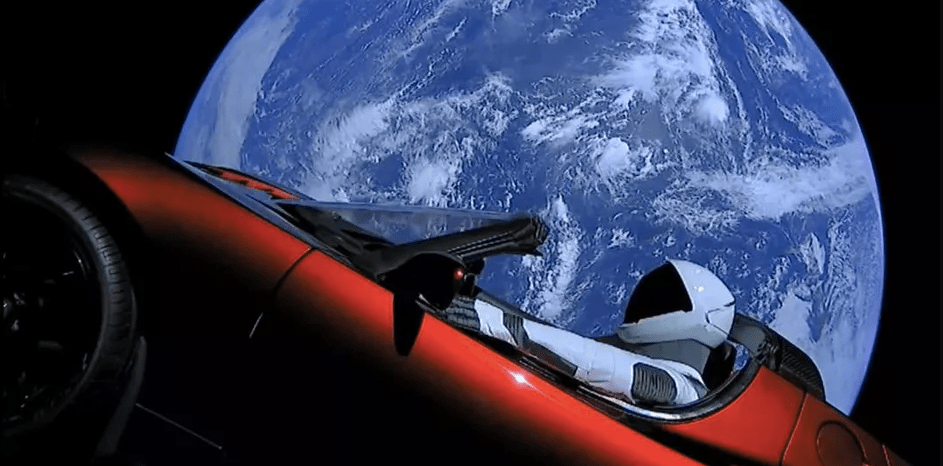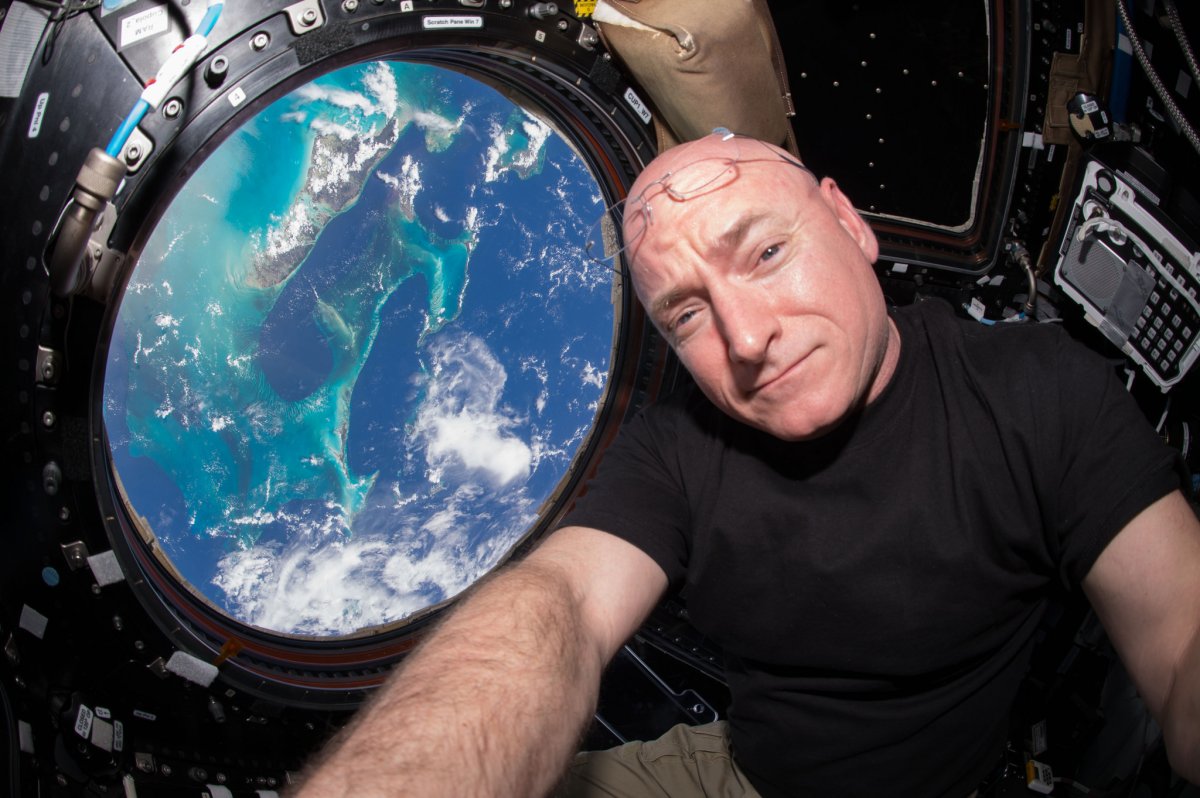
NOT SINCE THE APOLLO ERA has a single decade been witness to more progress in finding answers for moving humanity towards the deepest reaches of the cosmos — until this one.
Where we once took steps to see our pale blue dot from afar, we now run sprints. Where we once saw two sides in a race defined by governments and separated by land, today’s players are titans of industry, defined by their visionary leaders, and separated by stock price. Things changed, in the last decade, at literally astronomical quantities.
Companies are using their own rockets to try to send payloads — human and non-human — beyond the stratosphere and toward the stars. The use of technological advances elsewhere on terra firma has resulted in new comprehensions of some of space’s greatest mysteries. We were illuminated, elucidated, shocked, and filled with wonder. And despite all the answers we received, we now have more questions — maybe, in fact, more than ever. This decade was different; the dawn of a new era for Earth, our understanding of what’s beyond the furthest point we can perceive, and the recalibration of our abilities and ambitions to one day reach it.
These are The Most Mind-Blowing Space Stories of the 2010s.

We discovered…
- On March 3, 2016: The most distant galaxy we’d seen yet. We broke the cosmic distance record using the Hubble Space Telescope and spied GN-z11, and infant galaxy that existed only 400 million years after the Big Bang – or 13.4 billion years in the past. It sits nearly 30 billion lightyears away from Earth.
- On February 22, 2017: A solar system with seven Earth-like planets. Scientists from the ESA and NASA found that six of the seven planets were rocky worlds, like our own Earth. They even sat in their star’s habitable zone – the area where water could theoretically exist. And of course, where there’s water, there could be life.
- On April 12, 2019: The first-ever photo of a black hole. Using the Event Horizon Telescope in conjunction with Chandra X-Ray Observatory, scientists obtained the first photograph of a black hole. The subject in question lies at the center of the M87 galaxy.

We uncovered…
- On September 28, 2015: Signs of liquid water on the surface of Mars. Researchers reported finding “perchlorates” in readings taken from the Mars Curiosity rover. Perchlorates are a kind of hydrated salt that implies flowing water present in relative recent times.
- On June 7, 2018: Evidence of organic matter on the Red Planet. NASA researchers concluded that methane found in Mars’ atmosphere was likely coming from frozen pockets of ice. In addition, Curiosity collected soil samples from two spots in the Gale crater estimated to be about three billion years old, containing several organic molecules commonly found on Earth.
- On July 25, 2018: A huge subterranean Martian lake. A research team detected a lake of liquid water 20 kilometers (12.4 miles) wide, about 1.5 kilometers (.9 miles) below the surface of Mars’ southern ice cap, in a region known as Planum Australe. These discoveries offer evidence for potential past life on the Red Planet.

We took flight.
- On November 24, 2015: Blue Origin made history with a vertical landing. New Shepard launched to the edge of space, reaching an altitude of 100,534 meters (329,839 feet) before successfully landing back on its landing site in West Texas.
- On March 30, 2017: The first-ever landing of a recovered rocket. Elon Musk’s SpaceX made history by successfully relaunching and re-landing a used Falcon 9 rocket booster for the first time.
- On February 6, 2018: The Falcon Heavy launched carrying a Tesla. The Falcon Heavy took off from Launch Complex 39A at Florida’s Kennedy Space carrying a limited-edition Tesla Roadster as its payload, which will travel in an elliptical orbit around the sun on its way toward Mars.
- On December 13, 2018: Virgin Galactic reached space. Virgin’s VSS Unity — the second SpaceShipTwo — reached an apogee of 51.4 miles (82.7 km). It burned its hybrid rocket engine for a full minute to get there, after it was released from the WhiteKnightTwo mothership at 50,000 feet.

We celebrated heroes, of man and machine.
- On March 2, 2016: Scott Kelly became the first person to spend a year in space. After a year in orbit, Scott Kelly and his twin bother’s DNA will help scientists understand the effects of extended time in space on the human body and mind.
- On December 10, 2018: Voyager 2 entered interstellar space. More than 40 years after lifting off from Kennedy Space Center, NASA’s Voyager 2 spacecraft is now in interstellar space. In November, Voyager 2 became the second human-made object to exit the heliosphere.
- On March 14, 2018: Stephen Hawking left us with a galvanized, crucial, incredible legacy. The astrophysicist who helped us understand everything from black holes to quantum mechanics died at the age of 76.
- On February 13, 2019: The Opportunity Rover sent its last transmission. After 15 years of crawling across the surface of Mars, NASA’s Jet Propulsion Laboratory team sent the last-ever commands to its Opportunity rover. Opportunity allowed us to uncover a number of Mars’ secrets, including evidence of organic material (i.e. potential signs of water).
We looked to the horizon.
- On September 11, 2016: Elon Musk announced plans to reach (and colonize) Mars. In a presentation at the 67th annual International Astronautical Congress, Musk made a case for humans to become a multi-planetary species before extinction wipes us out. He introduced our ride as well: the Interplanetary Transport System. The estimated ticket cost? $200,000 each.
- On September 23, 2016: It became official: We have to get to Mars. the Senate Committee on Commerce, Science, and Transportation passed a bill giving NASA $19.5 billion to keep working on a mission to Mars. Specifically, the bill required that NASA make it an official goal to send crewed missions to Mars in the next 25 years. On March 21, 2017, the timeline became even more aggressive: President Trump issued a mandate for NASA to get humans to Mars by 2033. It’ll only work with the right budget.
- On February 27, 2017: SpaceX announced plans send two private citizens to the moon. In a statement, SpaceX noted that the two individuals have “already paid a significant deposit” to do a moon mission. In late 2018, the passenger’s name was revealed: Yusaku Maezawa, a Japanese billionaire. Unfortunately, Maezawa announced earlier this year that he’s broke.
- On February 9, 2019: NASA’s moon plans leaked. And those plans? They concerned NASA’s next 37 rocket launches to the Moon, as well as details about sending human astronauts there in 2024 and establishing a permanent lunar base in 2028. In October 2019, NASA shared a more concrete plan that stated they’ll send two astronauts on the Moon’s surface to post up for 6.5 days, or twice as long as any NASA astronauts before them.